Description
The ‘Bloodgood’ cultivar of Japanese maple is an ideal tree for smaller yards. Most people use them as specimen trees, although they are also used in bonsai. They bloom in spring, and this is when the red in their foliage is often at its brightest. The color darkens in summer to burgundy, or even darker. Although the leaves can become even showier in autumn than in summer, the foliage is attractive for a full three seasons of the year.
The leaves of this Japanese maple forms a rounded canopy in an attractive branching pattern: Rather than having a single leader, the plant will often have multiple sub-trunks. Many liken the leaf shape to that on a marijuana plant. The palmatum in the Latin name is also descriptive of the leaf. As on the human hand, where fingers radiate out from the palm, “palmate” foliage bears lobes that fan out from a central point.
In late spring, this tree develops double-winged samaras that redden as they mature and add some ornamental value to the plant. This common tree may reach a height of 20 feet (with a similar spread) at maturity but is a slow grower.

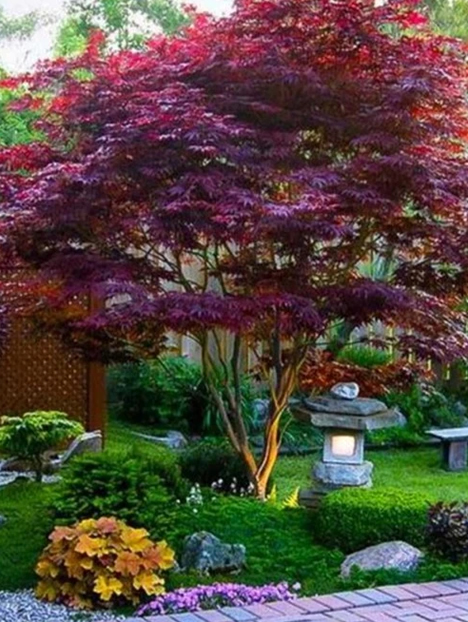
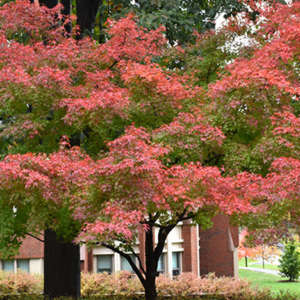
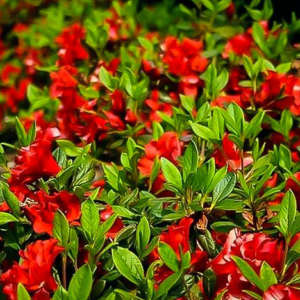
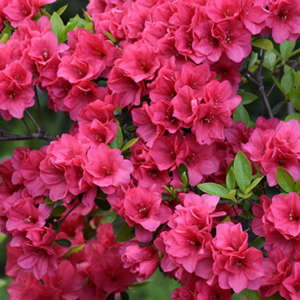
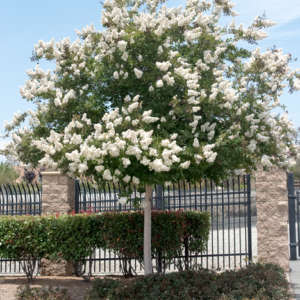
Reviews
There are no reviews yet.